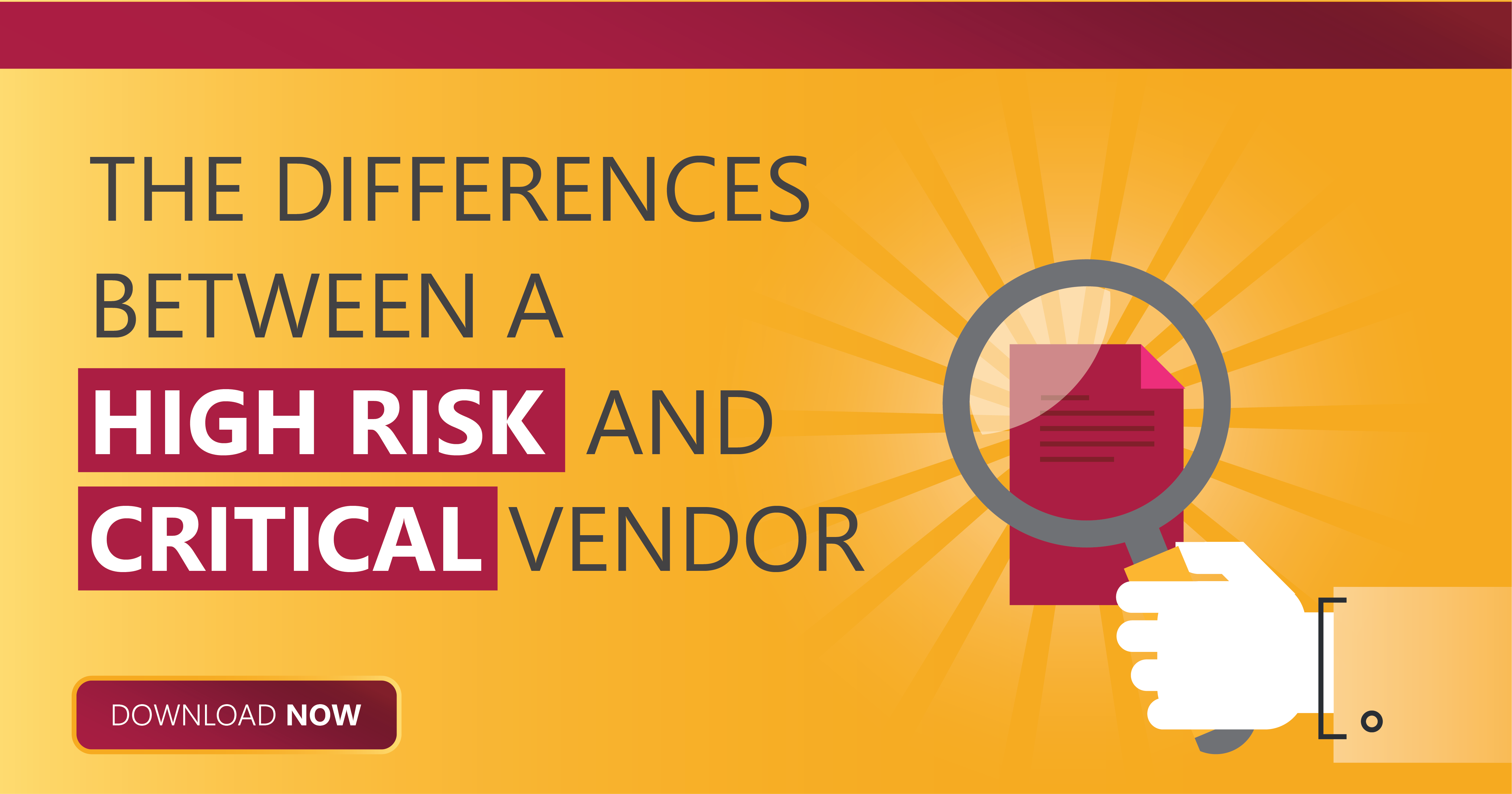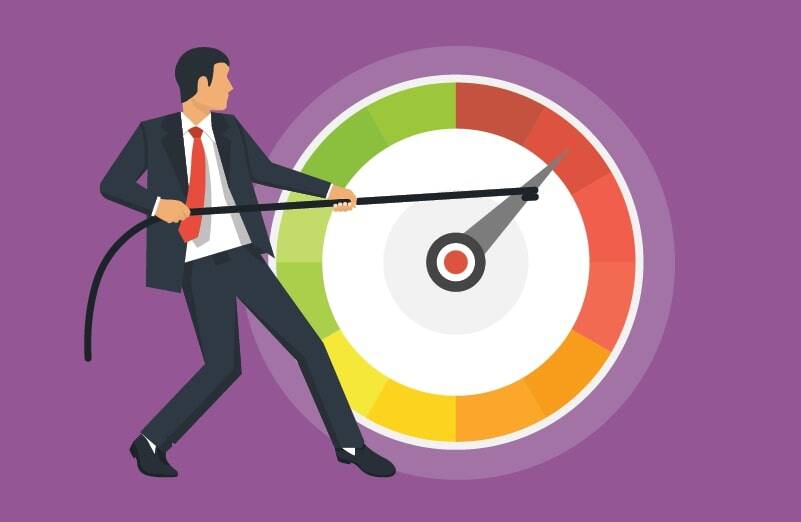A vendor risk assessment should be performed on a third party vendor in order to properly assess and determine the risk posed to your organization. This should be done during both the vendor selection and ongoing monitoring phases of the vendor lifecycle. It’s not only a best practice, but really a regulatory expectation.
I often have clients ask me, “What should I do now that I’ve completed a risk assessment on my vendor and discovered that they are high risk, but really I know it should be a medium or low risk vendor relationship?” The answer is actually quite straight forward. First, let’s understand the difference between inherent and residual risk.
The Difference Between Inherent and Residual Vendor Risk
Inherent and residual vendor risk are different. Here’s how:
- Inherent risk – This is often described as the “first impression” risk. It’s the risk that you notice upon first glance. For example, if you walk into a call center for an onsite visit as part of your due diligence process and see papers scattered everywhere, and that no one is following a clean desk policy like they should be, then the vendor may inherently pose some risk to your organization. Confidential customer information - such as non-public personal information (NPPI) - could be exposed.
The same goes for completing due diligence offsite. You may notice the call center has received a significant number of customer complaints recently. You now notice that there is a high reputational risk.
- Residual Risk – This is the risk posed to your organization after you’ve taken the appropriate steps to mitigate, or reduce, the inherent risk. Let’s further discuss mitigating the risk.
Mitigating Vendor Risk
Mitigating the vendor risk may include things like:
- Requesting additional due diligence from the vendors
- Writing additional clauses into the contract - such as specific service level requests
- An increase in the level of vendor monitoring
The vendor should be willing to share the requested documentation and comply with these requirements if they’d like to continue to have a good working relationship with your organization.
With the increase in vendor oversight, you’ve begun the steps to mitigate the inherent risk and you’ll usually be able to reduce the risk level. As a rule of thumb, we often see that clients can reduce it by one level (i.e., from high to medium risk or from medium to low risk). It’s unlikely that you’ll be able to jump two risk levels.
Is It Time to Consider a New Vendor?
You’ve evaluated the risk and you’ve tried mitigating any risk posed but something still isn’t adding up. The risk implications are still larger than your organization would like to see. We recommend:
- You seek other vendor options once you’ve exhausted all reasonable efforts to work together toward an amicable solution.
- You definitely want to be certain your senior management team is on board with the decision and there is a clear set of steps to manage the transition while minimizing impact to your customers or your business.
- Be sure to properly vet the replacement vendor so to hopefully not replace one problem with another.
So, I hope you’re now better equipped to handle a situation where a vendor shows up as high risk through your assessment but know it should be lower.
There's also a difference between a high risk and critical vendor. Download our infographic to learn more.



















